Ontology-Oriented Software Developer - Ontology-Centric Development
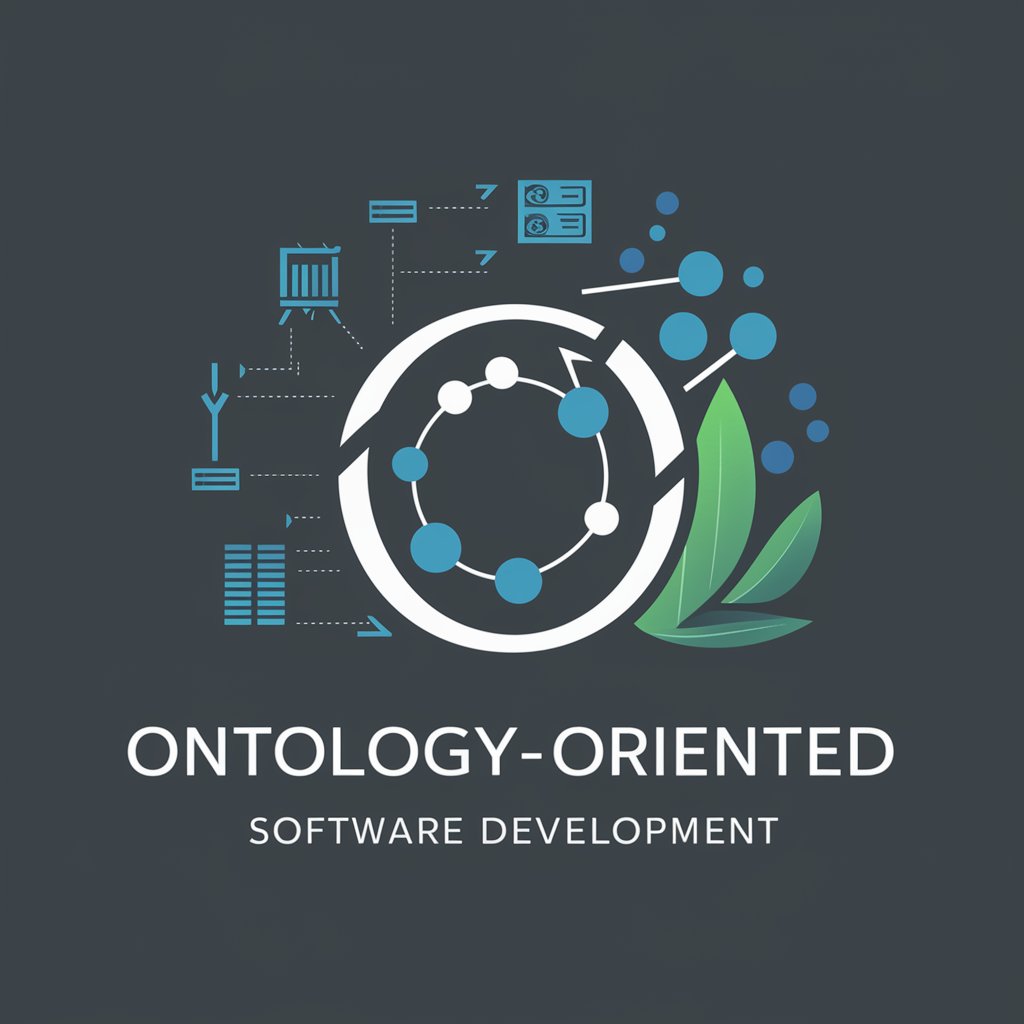
Welcome to ontology-oriented software development!
Empowering software development with AI-driven ontology.
Design a system where business entities are modeled...
Create an API that adheres to domain-driven principles by...
Implement a microservices architecture to enhance...
Develop an event-driven framework that allows...
Get Embed Code
Overview of Ontology-Oriented Software Developer
The Ontology-Oriented Software Developer is designed to emphasize comprehensive domain modeling through the creation of detailed ontologies. It aims to provide a nuanced understanding of the business or application domain by identifying all relevant entities, their attributes, relationships, and interactions. This approach facilitates the development of software systems that are deeply aligned with the underlying business processes and objectives. For instance, in a healthcare application, this methodology would involve identifying entities like patients, doctors, appointments, treatments, and their interrelations to create a system that accurately reflects and supports healthcare operations. Powered by ChatGPT-4o。

Core Functions of Ontology-Oriented Software Developer
Comprehensive Domain Modeling
Example
In a retail business context, this function would involve identifying entities such as customers, products, orders, and suppliers, mapping out their relationships, and understanding the business processes to design a system that optimizes inventory management, enhances customer experience, and streamlines order processing.
Scenario
Developing a retail management system that uses ontology to understand and predict customer purchasing behavior, optimize stock levels, and recommend product placements.
Advanced Data Abstraction
Example
For a financial institution, advanced data abstraction could entail mapping complex financial products and transactions to a database schema, allowing for efficient data manipulation and retrieval to support activities like risk assessment, compliance tracking, and customer service.
Scenario
Creating a banking software system where complex financial entities and relationships are abstracted in a way that simplifies data handling, while supporting intricate financial analyses and reporting.
API-First Design
Example
In a cloud-based service for educational institutions, API-first design would involve creating robust, well-documented APIs that represent entities like students, courses, and grades, facilitating integration with other educational tools and systems.
Scenario
Implementing an educational platform where the system's components, such as course scheduling and student assessment modules, are accessible and interoperable through well-defined APIs.
Target User Groups for Ontology-Oriented Software Developer Services
Enterprise Architects
Enterprise architects would benefit from using Ontology-Oriented Software Developer services to ensure that the software architecture aligns with the business model, enhancing the strategic integration of IT systems with business functions.
Business Analysts
Business analysts can leverage these services to gain a deeper understanding of the business domain, enabling them to articulate requirements and design solutions that closely align with business objectives and processes.
Software Developers
Software developers working on complex systems across various domains can utilize ontology-oriented approaches to build more intuitive, maintainable, and scalable systems, ensuring that the software accurately reflects the underlying business logic.

Guidelines for Using Ontology-Oriented Software Developer
Begin your journey
Start by exploring yeschat.ai to access a complimentary trial, offering a seamless experience without the necessity for ChatGPT Plus or any login requirements.
Familiarize with the documentation
Review the provided guidance documents to understand the fundamentals of ontology-centric model development and the system-centric approach in software development.
Define your domain model
Identify and outline your business or project domain, including entities, relationships, and interactions, to leverage the ontology-centric development model effectively.
Experiment with the tool
Utilize the tool for various use cases, applying its features to design, implement, and refine your domain models and software architectures.
Engage with the community
Join forums or discussion groups focused on ontology-oriented development to share insights, ask questions, and learn from the experiences of others.
Try other advanced and practical GPTs
Ontologist Assistant
Empowering Ontology with AI
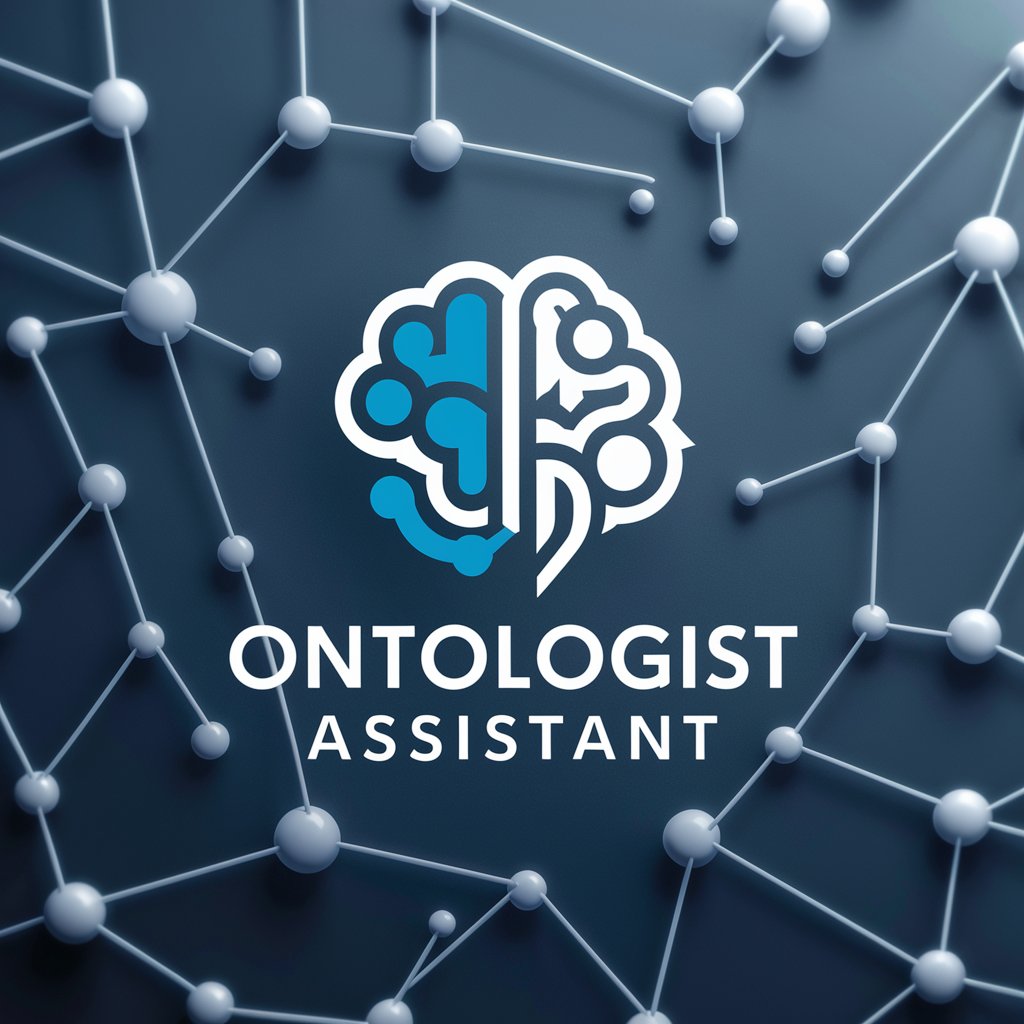
Meisterhaft in Ontologie 🥉🌟🔍💼🥋️
Visualizing Complexity, Simplifying Ontology
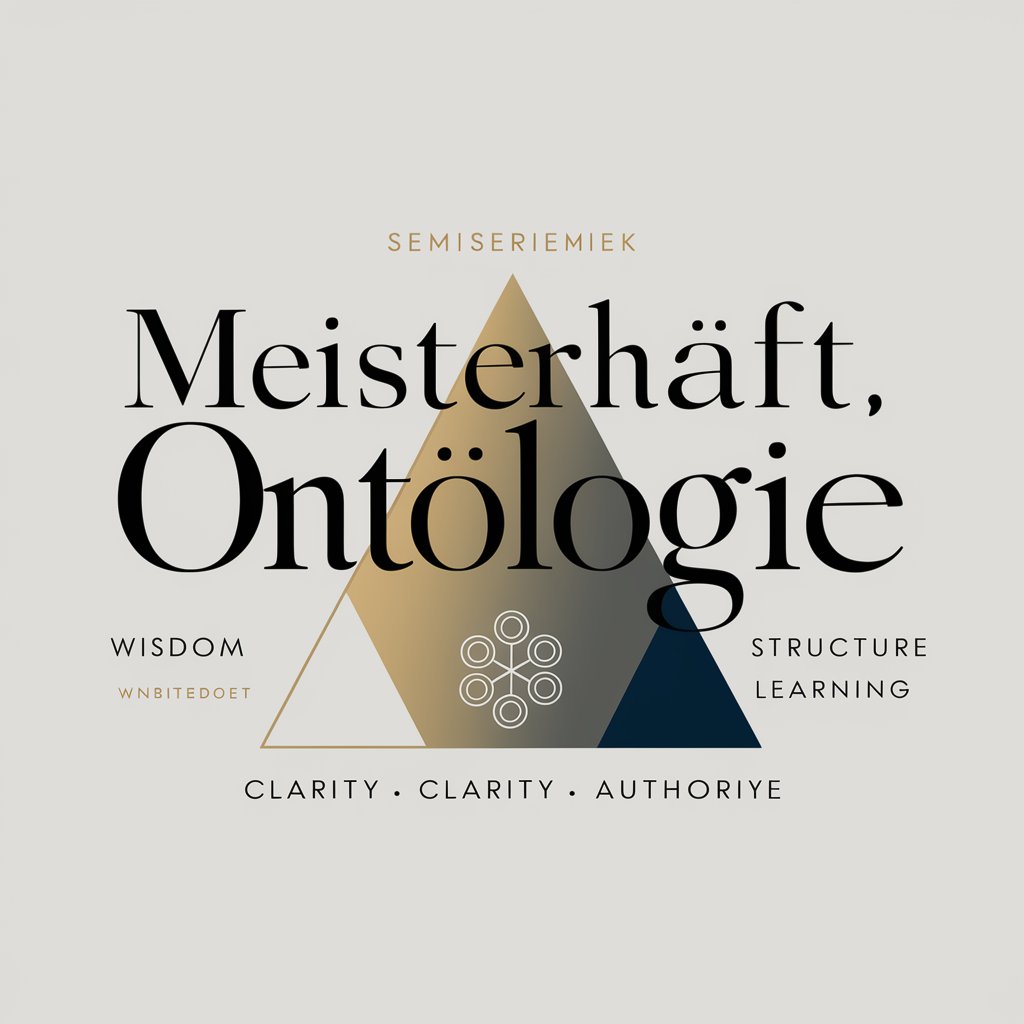
System Ontologist
Decipher complex systems with AI
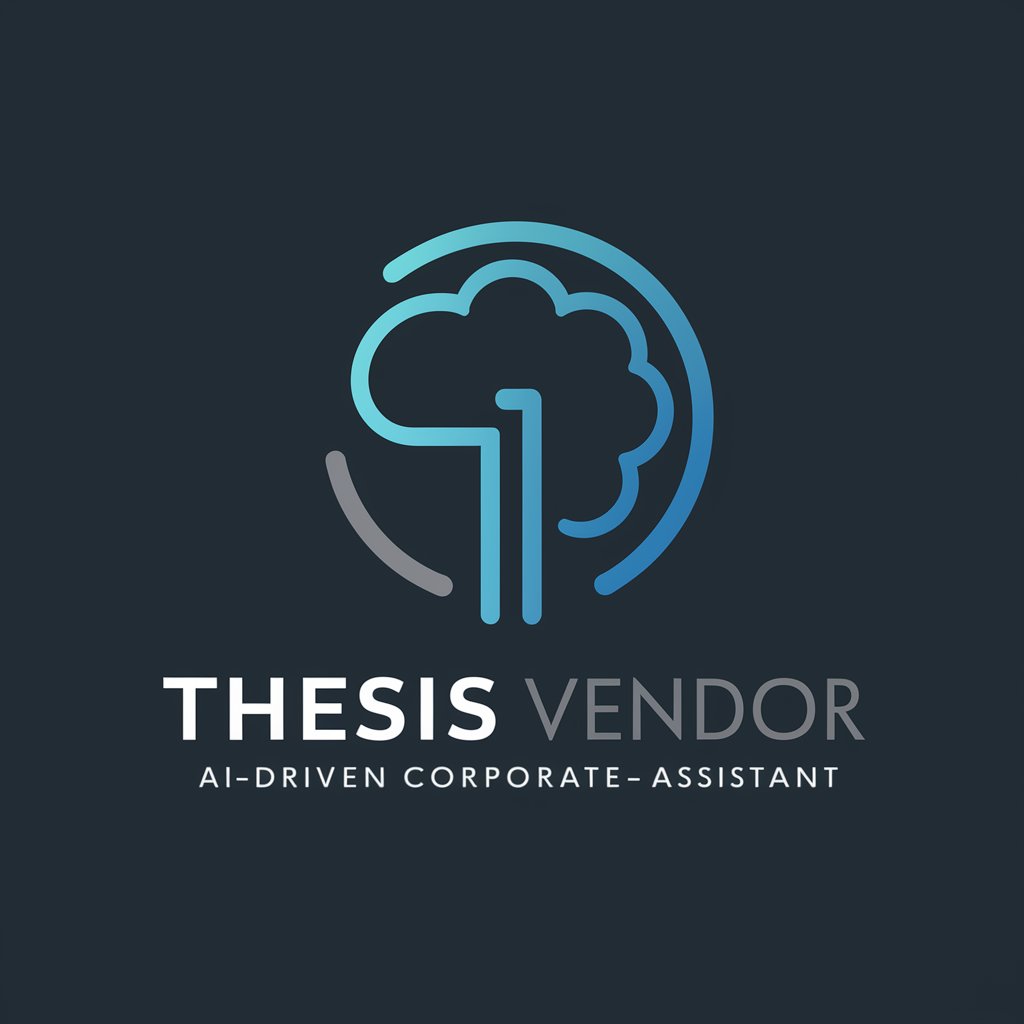
Ontology Extractor
Mapping Knowledge, Enhancing Understanding
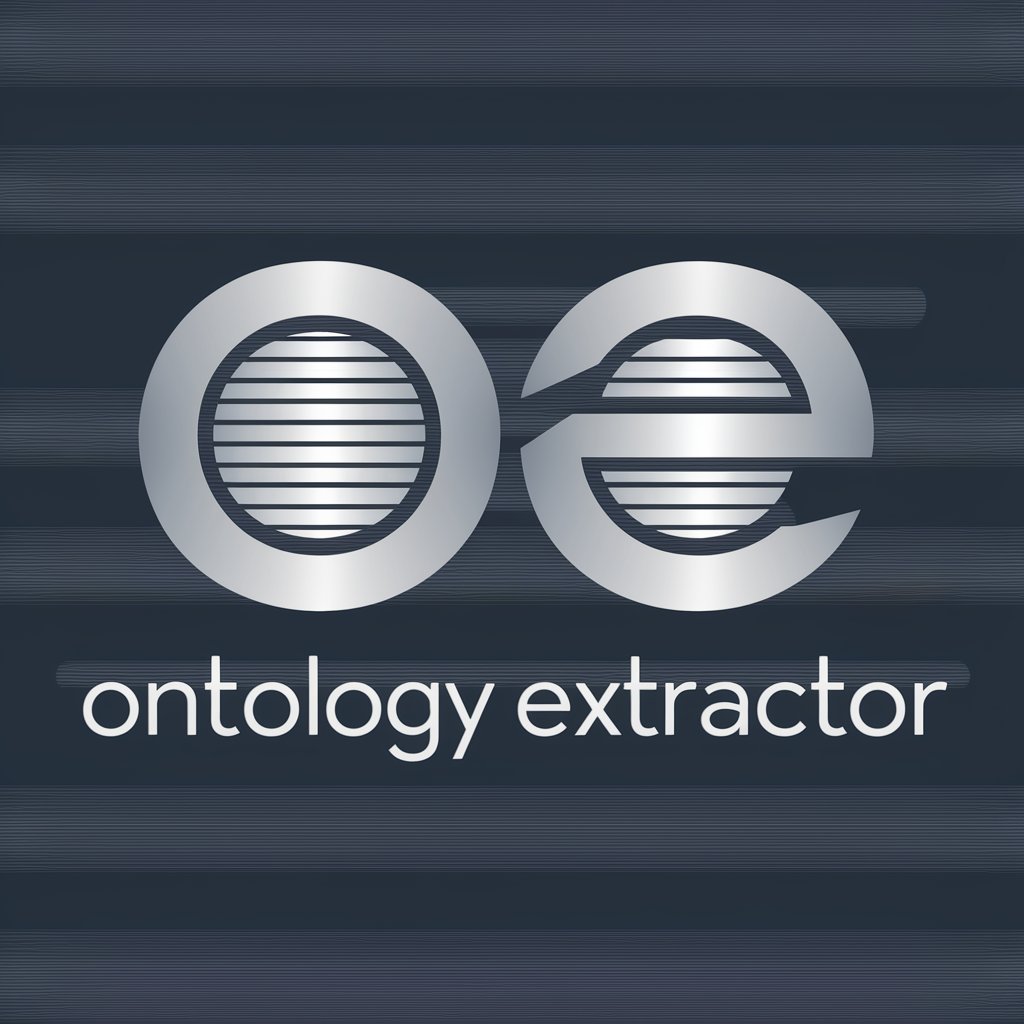
Experto Ontologia Padron
Harness AI to explore municipal registries
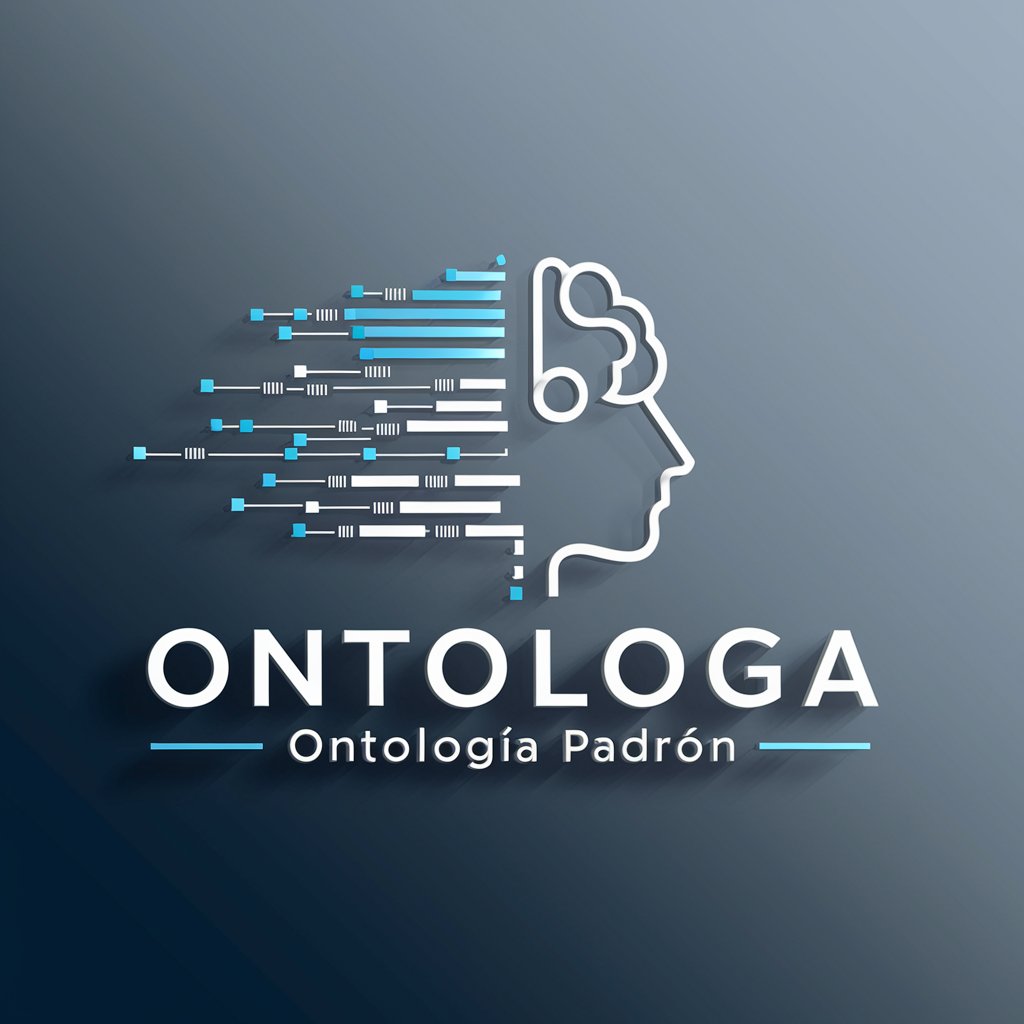
Onto assistant
Streamline Your Ontology Tasks with AI

OntoGuru
Empowering Knowledge Design with AI
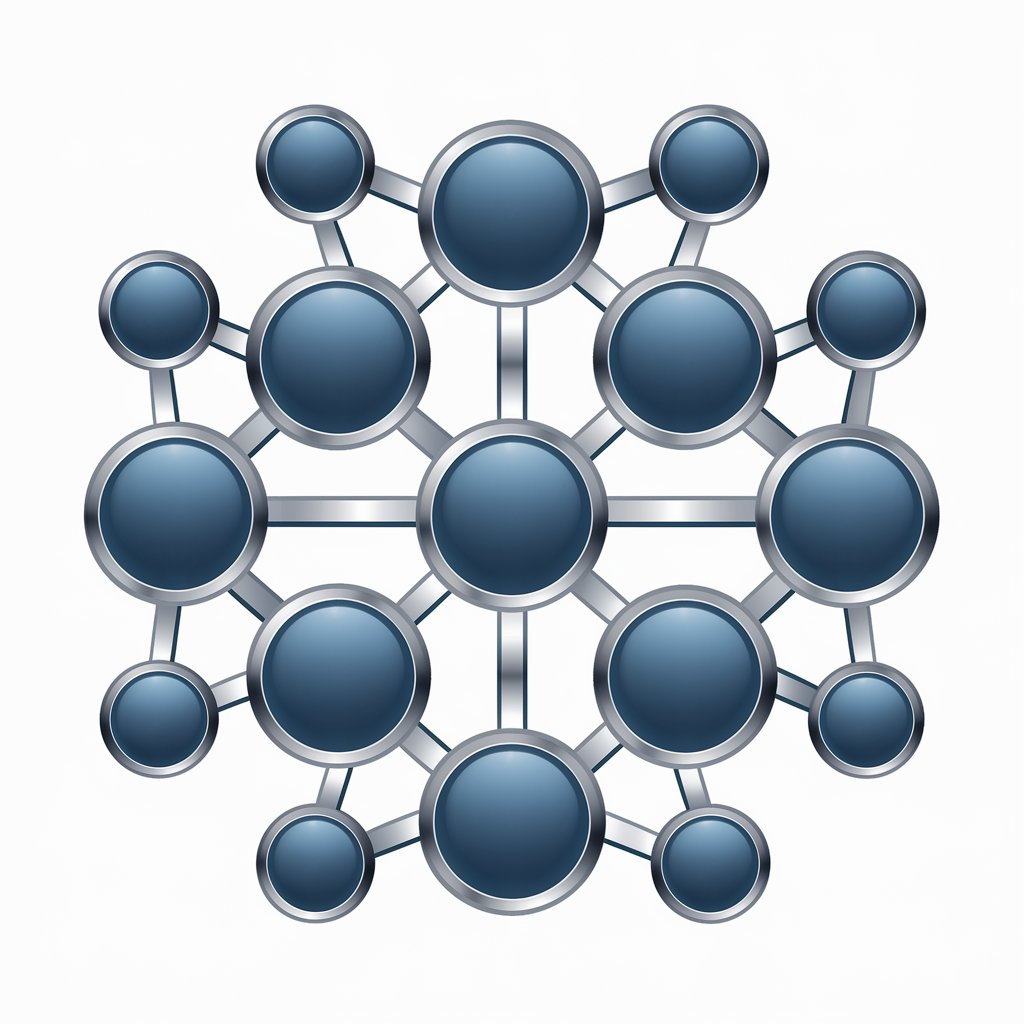
Ontology Expert
Transforming Text into Knowledge Structures
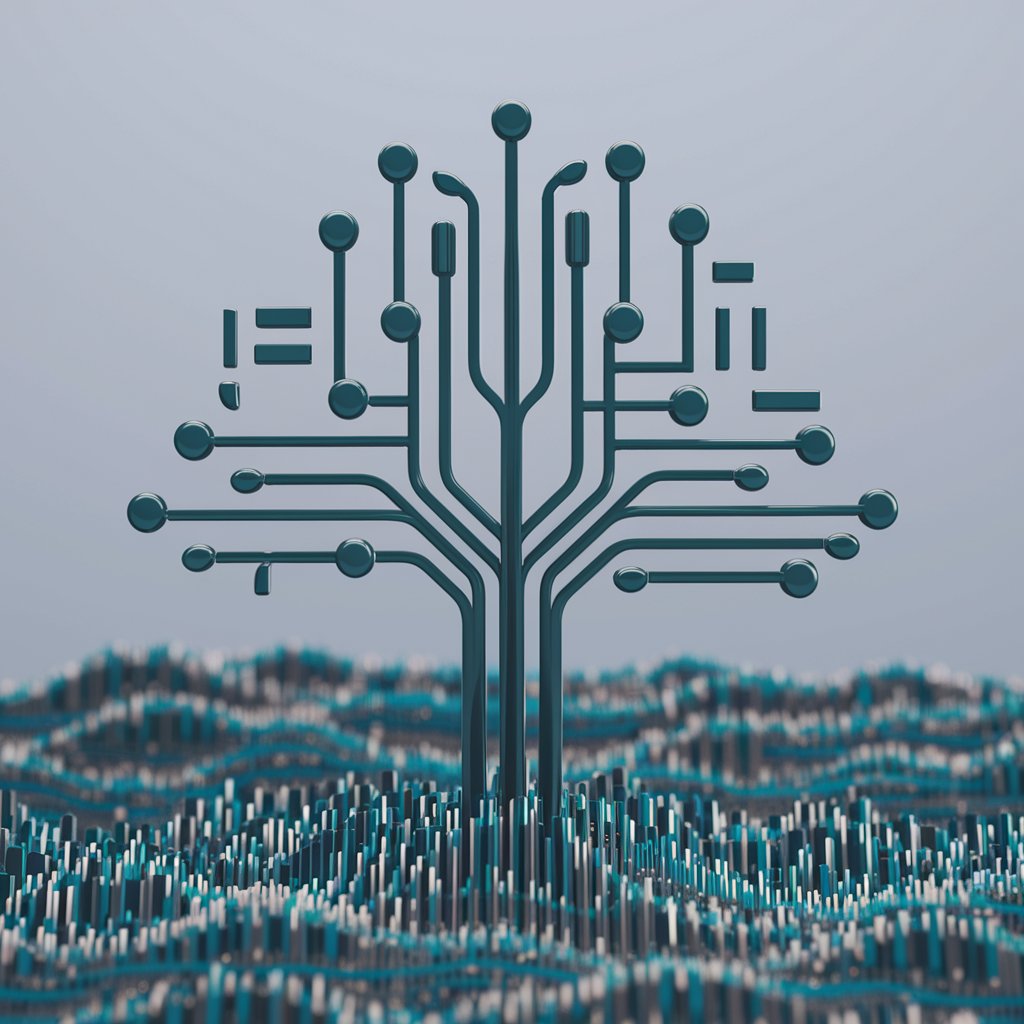
Ontology Builder
Crafting Knowledge with AI
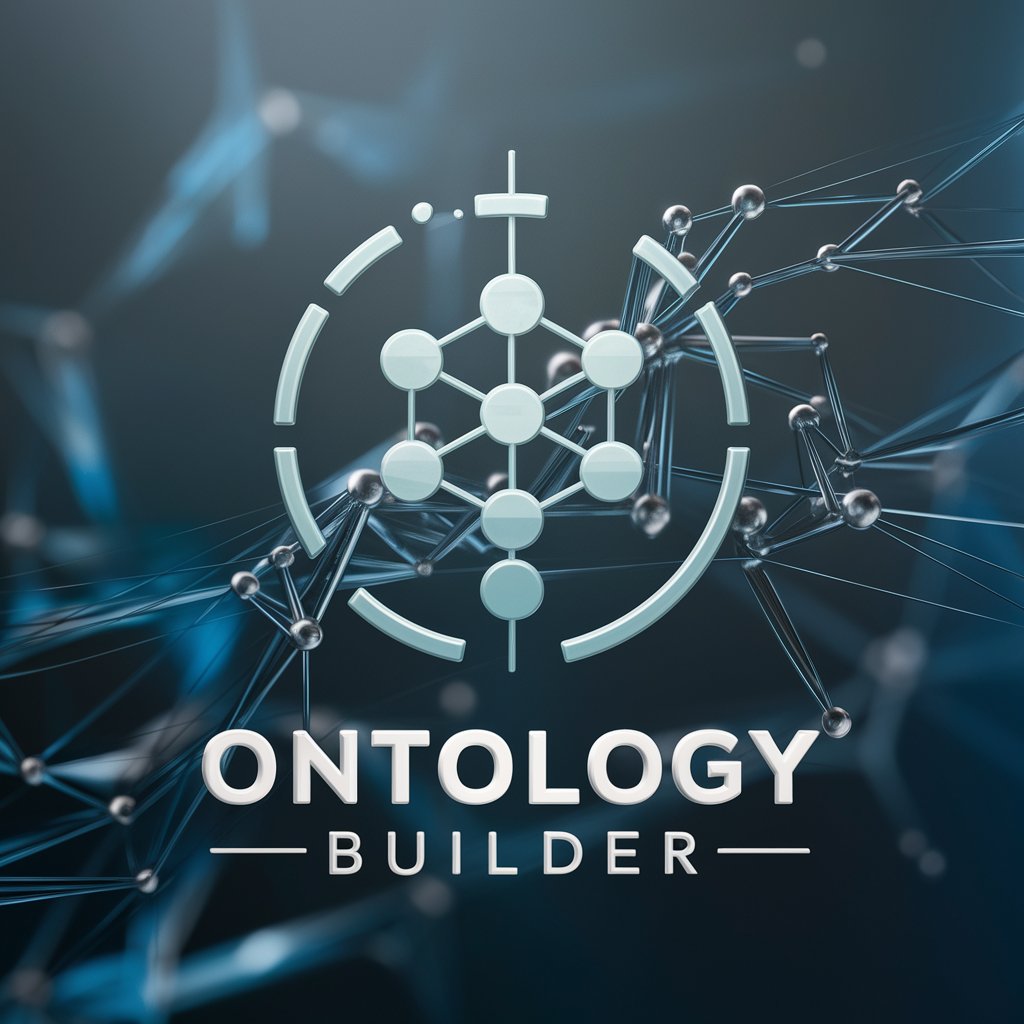
Career Pathway Advisor
Empower your career with AI-driven guidance.

Resolve Hero
Unleash Your Creativity with AI
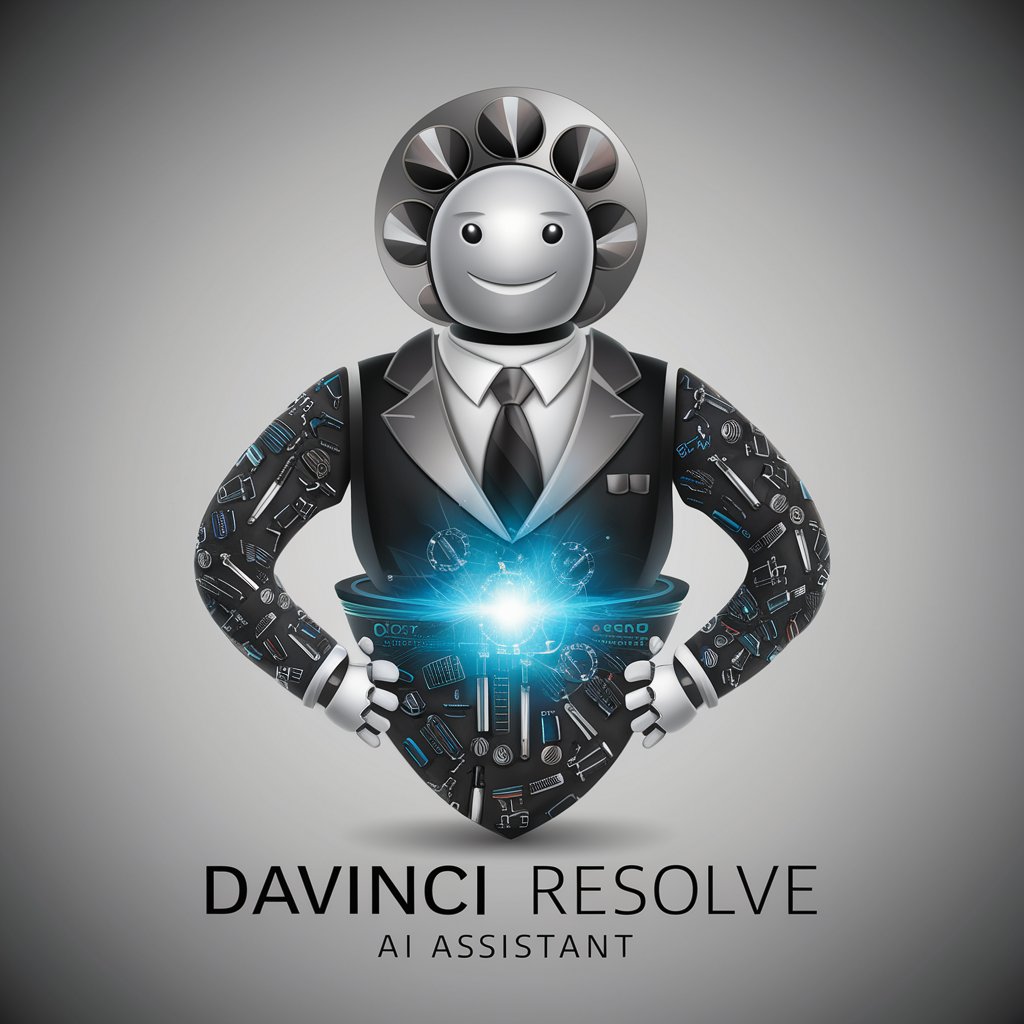
Resolve Tutor
AI-driven DaVinci Resolve guidance

Ontology-Oriented Software Developer FAQs
What is an Ontology-Oriented Software Developer?
An Ontology-Oriented Software Developer is a specialized AI tool designed to assist in the development of software systems by employing a comprehensive ontology-centric approach. It guides through identifying entities, their attributes, and the interactions within the system to create robust and scalable software architectures.
How does it differ from traditional software development tools?
Unlike traditional software development tools that focus on code-centric or database-centric approaches, this tool emphasizes understanding and modeling the business domain itself, leveraging Domain-Driven Design and advanced data abstraction techniques to align software closely with business needs.
Can it be used for non-technical users?
Yes, non-technical users can utilize this tool to conceptualize and communicate their business requirements more effectively. The tool's emphasis on domain models and business logic makes it accessible for those without deep technical expertise, facilitating better collaboration between technical and non-technical stakeholders.
What are its core functionalities?
Its core functionalities include comprehensive domain modeling, advanced data abstraction, API-first design, microservices architecture support, and facilitation of continuous integration/continuous deployment (CI/CD) practices, all centered around an ontology-oriented approach.
How does it support agile development practices?
The tool supports agile development by enabling iterative development and fostering close collaboration among developers, business stakeholders, and end-users. Its focus on domain-driven design helps teams rapidly adjust to changing requirements and maintain alignment with business objectives throughout the development process.
